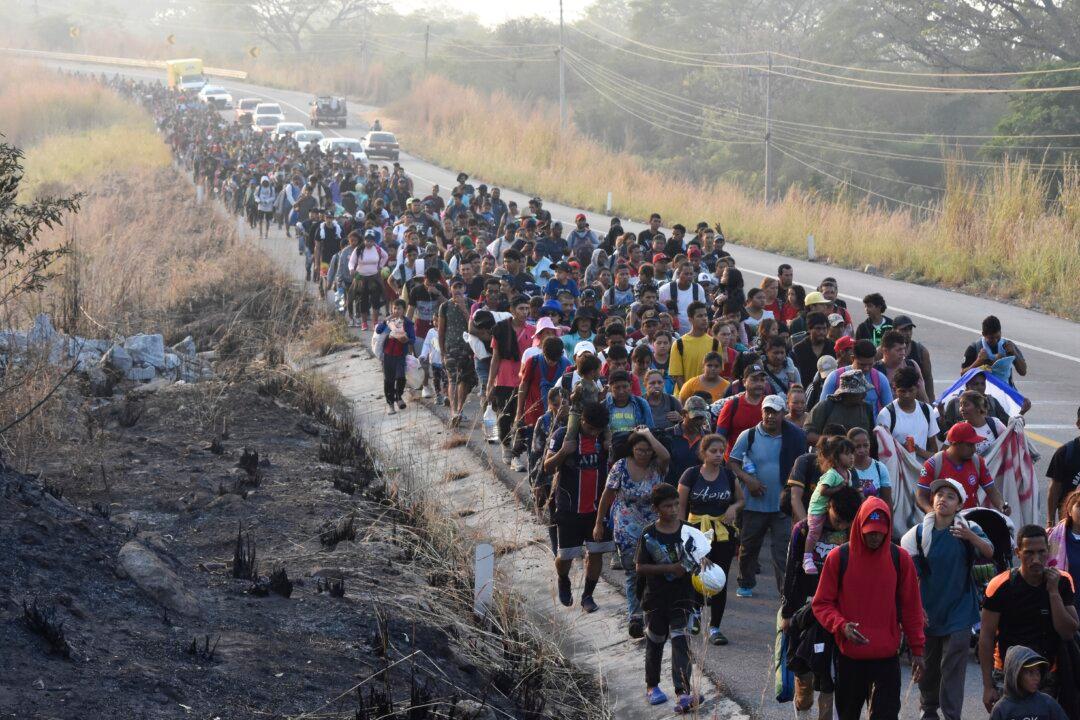News Analysis
When President Joe Biden’s supporters attacked him for describing the man who allegedly murdered Georgia co-ed Laken Riley as an “illegal,” they shined a light on one of the most contested words in American politics.

When President Joe Biden’s supporters attacked him for describing the man who allegedly murdered Georgia co-ed Laken Riley as an “illegal,” they shined a light on one of the most contested words in American politics.